Can a Fuel Flow Meter Save You Money?
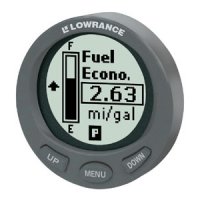 Earlier this week, we provided a few simple suggestions to aid boat owners in a financial pickle. It’s amazing to consider how much money the average boater could save by just cutting down slightly on fuel costs. Recognizing that not everyone has the resources or the patience to conduct thorough tests to find a boat’s “sweet spot,” it’s time to highlight a technological innovation that does the job for you.
Earlier this week, we provided a few simple suggestions to aid boat owners in a financial pickle. It’s amazing to consider how much money the average boater could save by just cutting down slightly on fuel costs. Recognizing that not everyone has the resources or the patience to conduct thorough tests to find a boat’s “sweet spot,” it’s time to highlight a technological innovation that does the job for you.
Just as most modern cars are equipped with a meter that tells the driver how many miles’ worth of fuel is left in the tank, a fuel flow meter can prove helpful in boats. As its name suggests, the meter measures the flow of fuel from the tank to the marine engine itself. That measurement shows up on the instrument panel in terms of gallons per hour. From there, the meter can extrapolate miles per gallon.
More than anything, a fuel flow meter works as an indicator of what improvements could be made to the boat. If your gallons per hour begins to increase, you can infer that something is wrong with the load on the boat, the throttle position, or that you’re going too fast. Stock up on plenty of Yamaha 2m oil, but take note when that supply begins to dwindle at an abnormally quick rate. Even with the help of a fuel flow meter, you’ll need to do some tinkering to truly streamline efficiency.


 Gas prices may be on the decline, but so is the economy. It’s important to watch your fuel intake, and save every penny you can, especially when it comes to gas-guzzling outboard motors. All hope is not lost, though – here are some tips to save fuel when you’re out boating, according to the Boat Owner’s Association of the U.S.:
Gas prices may be on the decline, but so is the economy. It’s important to watch your fuel intake, and save every penny you can, especially when it comes to gas-guzzling outboard motors. All hope is not lost, though – here are some tips to save fuel when you’re out boating, according to the Boat Owner’s Association of the U.S.: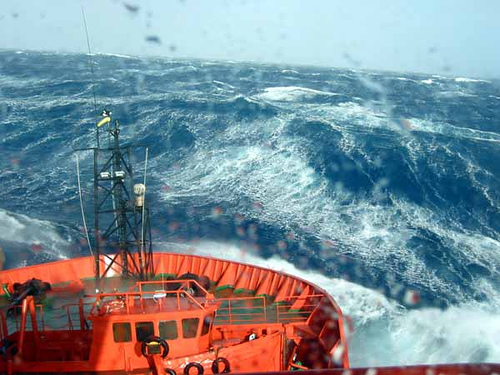

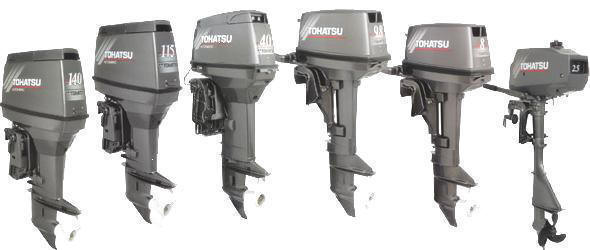
 With the high prices of gas and
With the high prices of gas and  Not unlike the growing popularity of hybrid cars, increasing gas prices are causing boating enthusiasts to think smart.
Not unlike the growing popularity of hybrid cars, increasing gas prices are causing boating enthusiasts to think smart.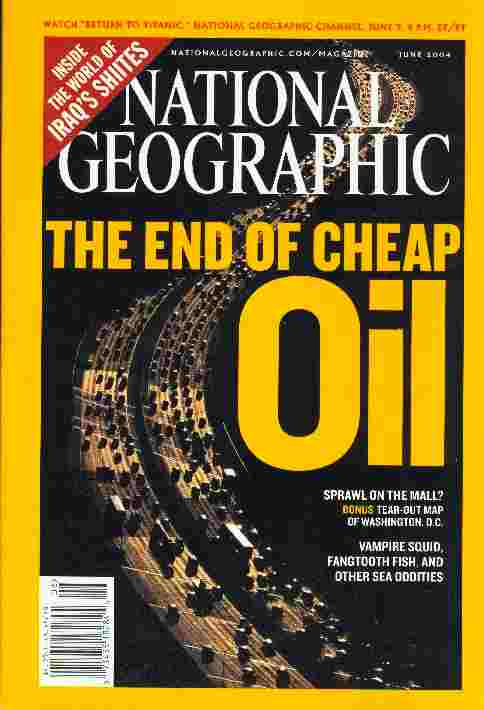 Once again, the prices of
Once again, the prices of 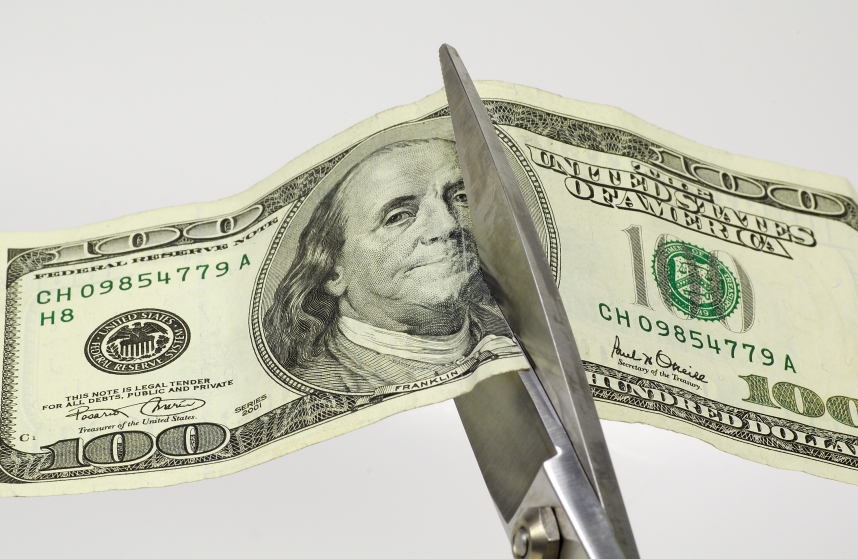 The price of
The price of  As we inch closer to the 4th of July weekend,
As we inch closer to the 4th of July weekend, 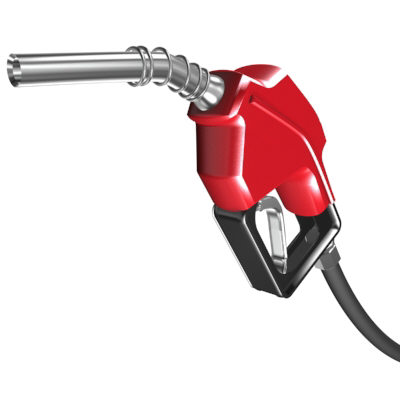 Don’t let the gloom and doom predictions of high gas prices keep you from your boating passion. Even with
Don’t let the gloom and doom predictions of high gas prices keep you from your boating passion. Even with  This weekend, it was announced that Saudi Arabia will increase oil output by an additional 200,000 barrels. This will make the daily total of
This weekend, it was announced that Saudi Arabia will increase oil output by an additional 200,000 barrels. This will make the daily total of